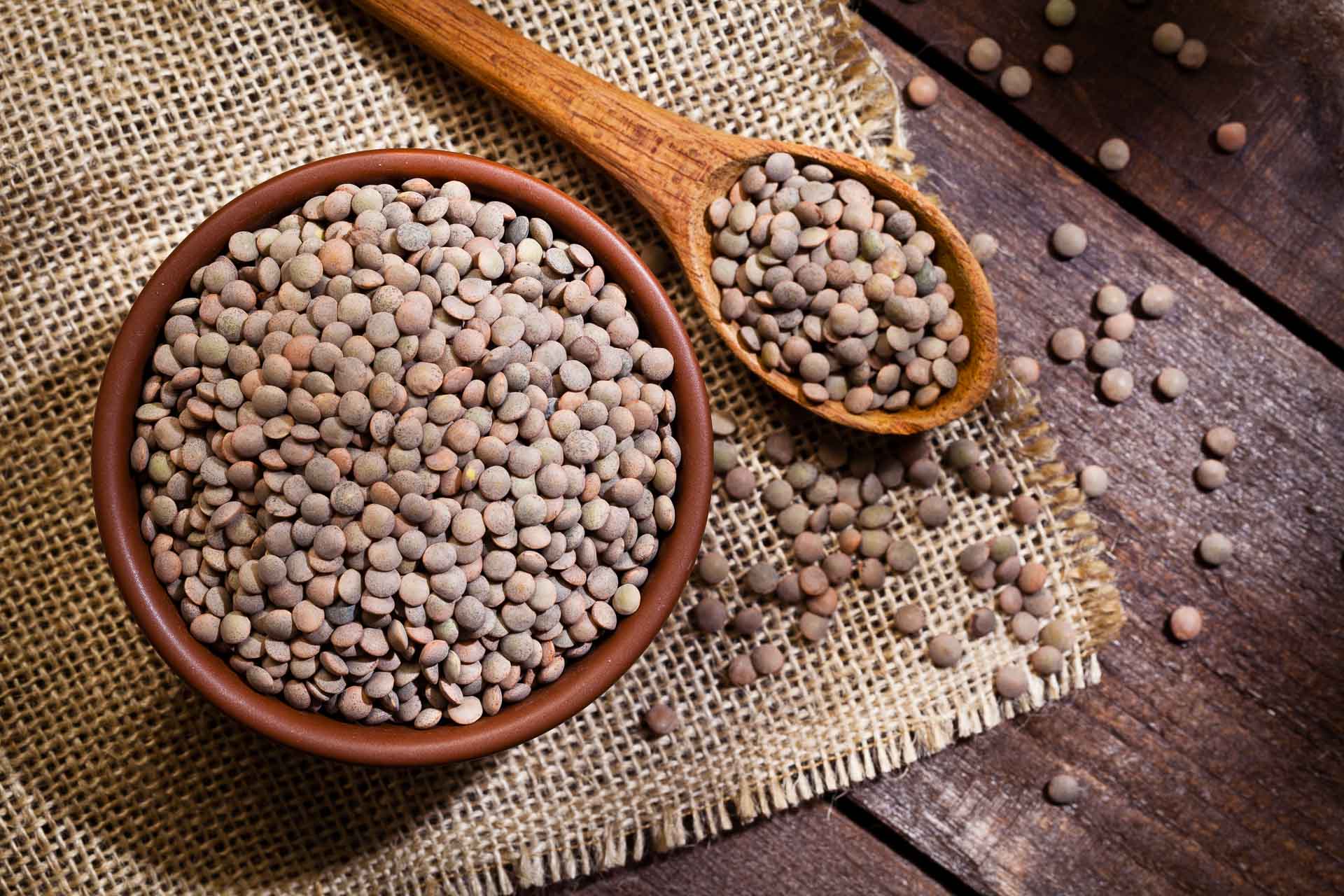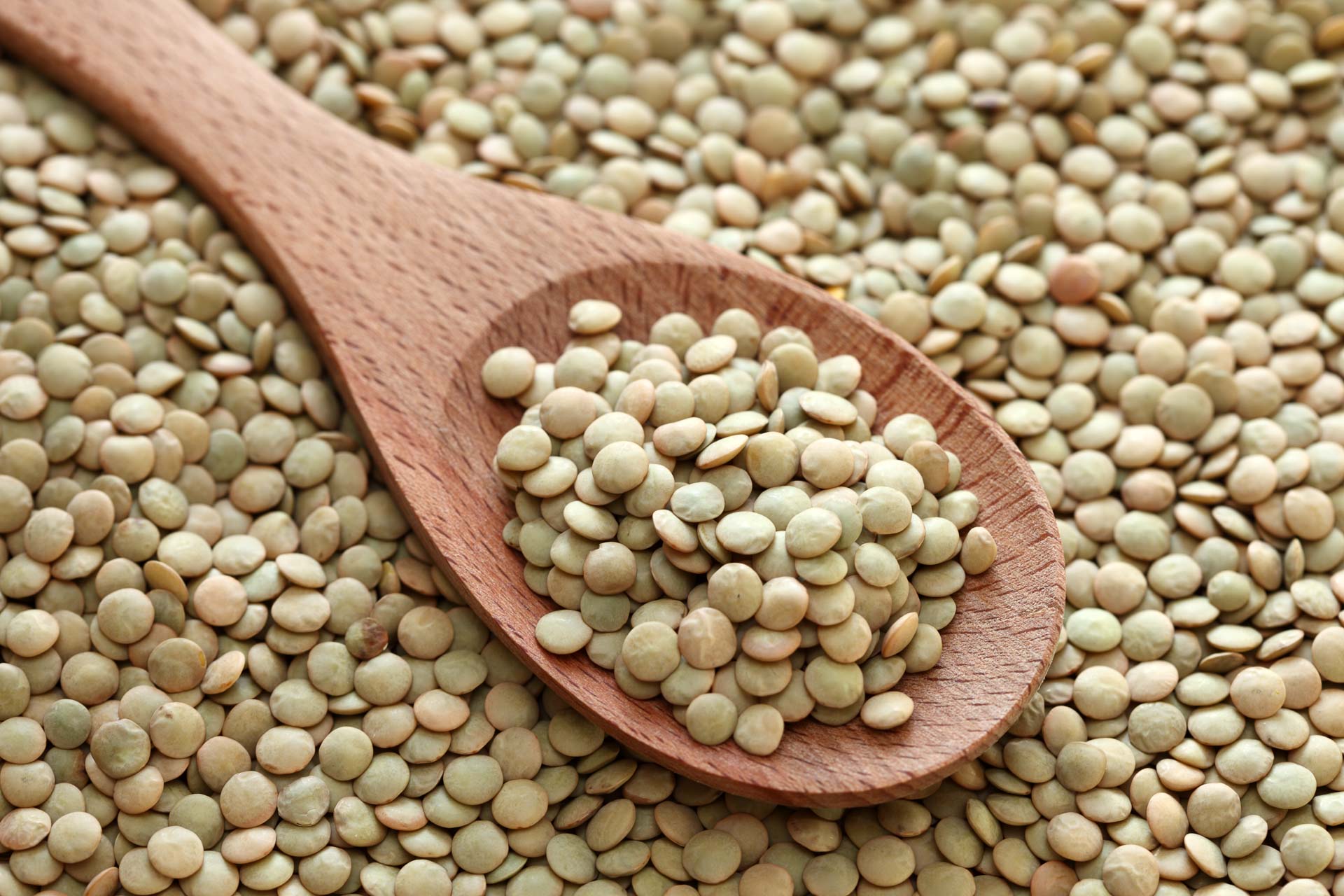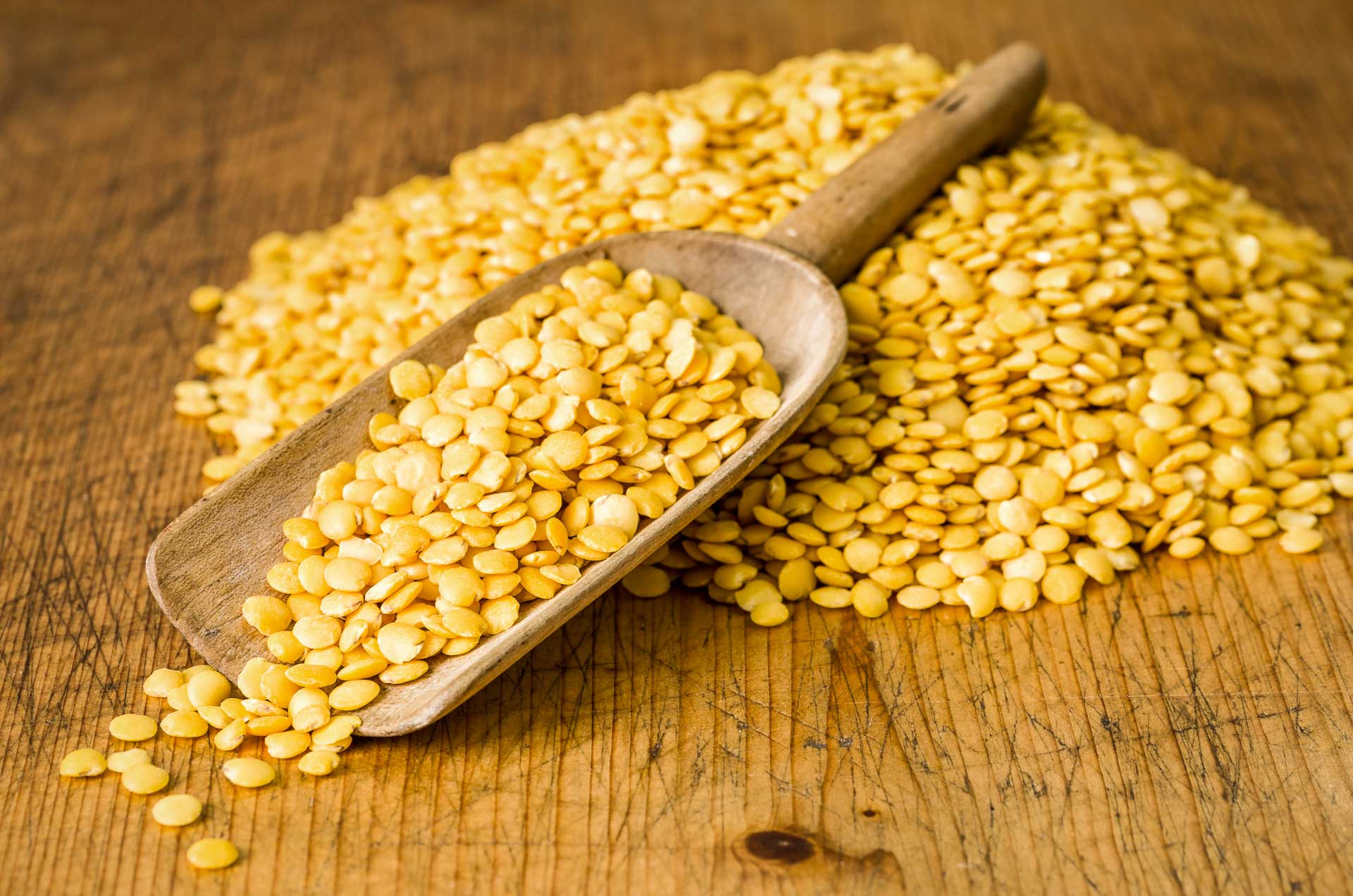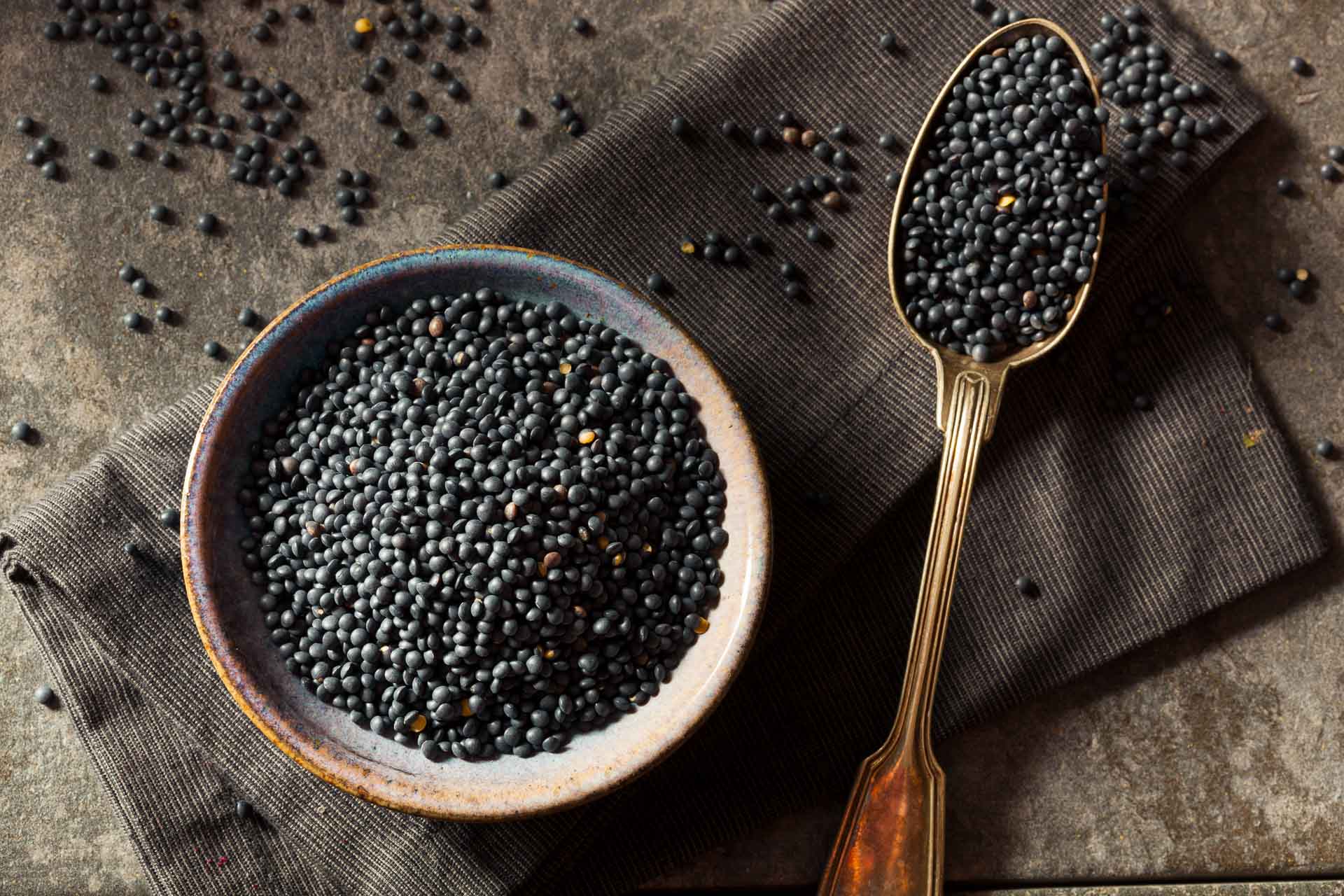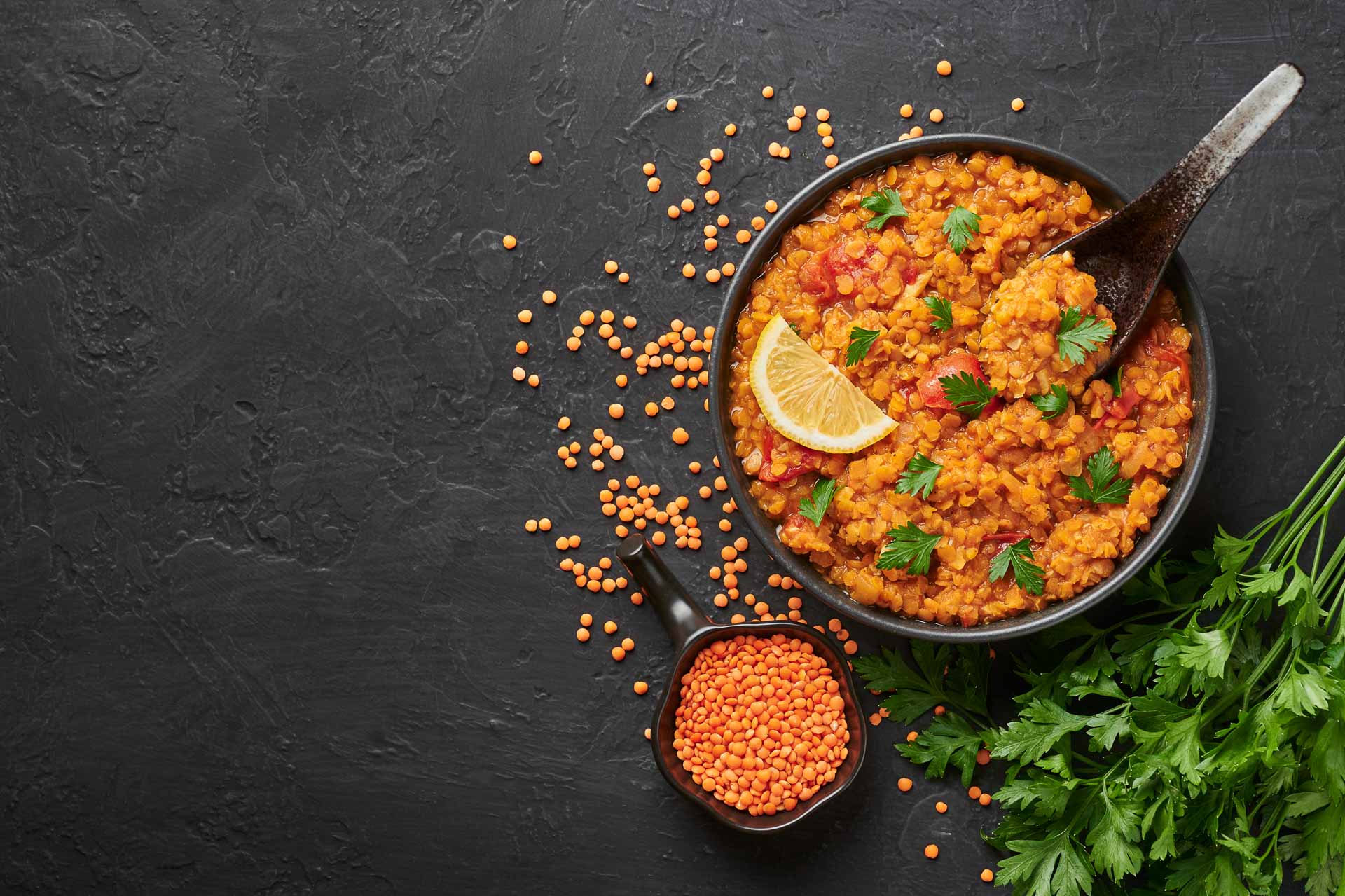Quick, easy, nutritious and flavoursome; there are many things to love about lentils. A store-cupboard stalwart, these dried pulses are the perfect ingredient to call upon when you're in need of an easy, satisfying and soothing bowl of feel-good food.
With so many kinds of lentils to choose between - from nutty puy legumes that hold up in a goat's cheese salad, to soothing velvety red lentils in a gently spiced dal - it can be hard to know where to begin.
With that in mind, we explore the main kinds of lentils and how to best use them, to ultimately let you get more lentils into your life.
What are lentils?
Lentils are a part of the legume family, which includes chickpeas and beans, and are the dried seeds of the lentil plant. They are mainly grown in Canada and India.
Prized for their nutritional qualities, they are rich in protein and carbohydrates, as well as being a good source of calcium, phosphorus, iron and B vitamins, and make a good meat substitute. In many countries, they are an important diet staple.
There are several different varieties of lentils, but the most commonly used are brown, green, red, yellow, and speciality, like lentils. Take a look at the key types of lentils below and how to use them.


